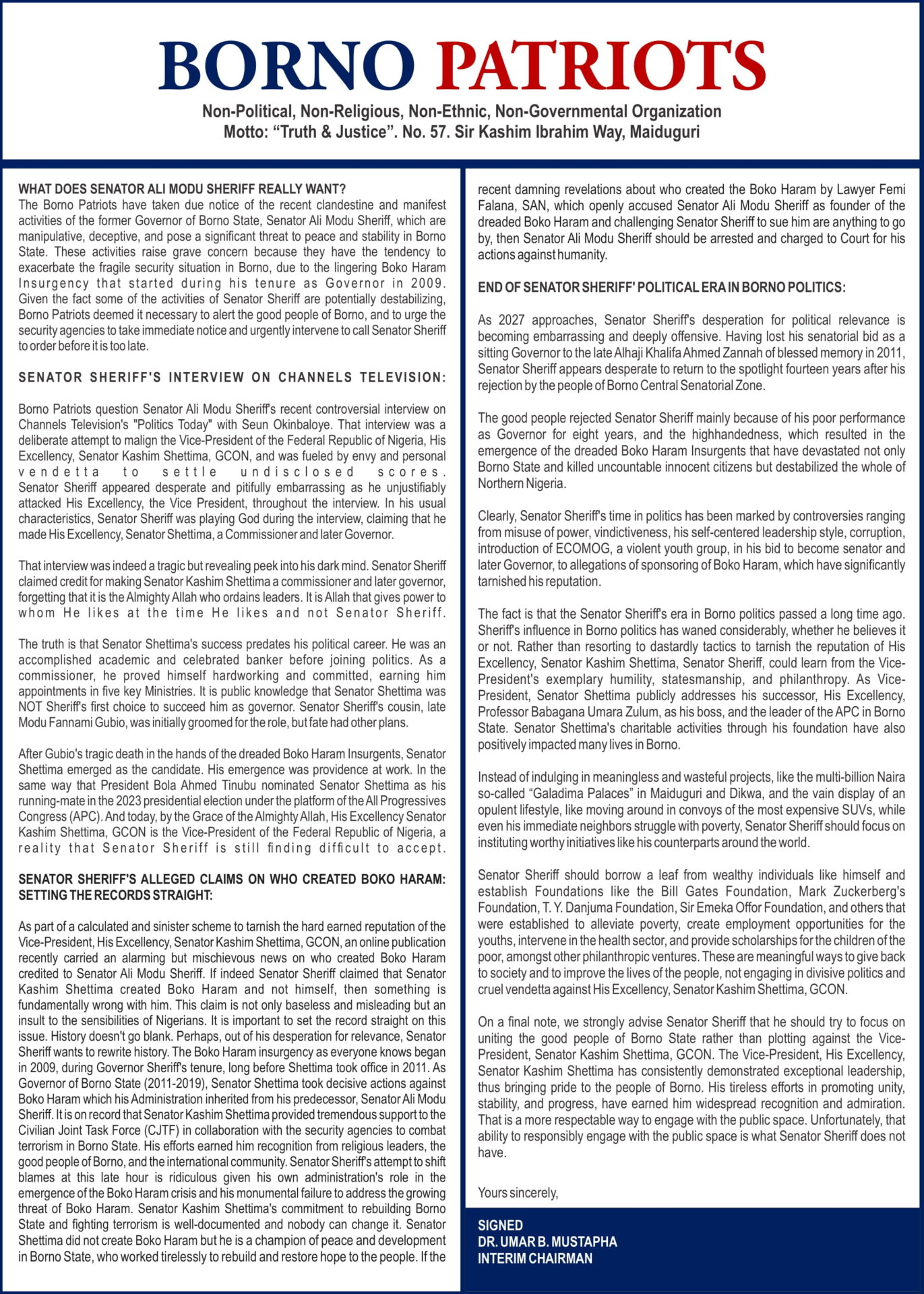IRAN and the United Arab Emirates (UAE) have been accused of violating a UN arms embargo by supplying drones to the warring sides in the 14-month conflict that has devastated Sudan. We look at the evidence to back up the claim.
On the morning of 12 March 2024, Sudanese government soldiers were celebrating an unprecedented military advance. They had finally recaptured the state broadcaster’s headquarters in the capital, Khartoum.
Like most of the city, the building had fallen into the hands of the paramilitary Rapid Support Forces (RSF) at the start of the civil war 11 months earlier.
What was notable about this military victory for the army was that videos showed the attack was carried out with the help of Iranian-made drones.
In the early stages of the war, the army relied on the air force, according to Suliman Baldo, director of the Sudan Transparency and Policy Observatory.
“The armed forces found all their preferential forces besieged, and they had no fighting forces on the ground,” he says.
The RSF maintained ground control of most of Khartoum and Darfur in the west of Sudan, while the army maintained its presence in the sky.
By early January 2024, a video emerged on Twitter of an army drone shot down by the RSF.
According to Wim Zwijnenburg, a drone expert and head of the Humanitarian Disarmament Project at Dutch peace organisation PAX, its wreckage, engine, and tail resembled an Iranian-manufactured drone called Mohajer-6.
The Mohajer-6 is 6.5m long, can fly up to 2,000 km (1,240 miles) and carry out airstrikes with guided freefall munitions.
Mr Zwijnenburg identified another version of the drone in a satellite image of the army’s Wadi Seidna military base, north of Khartoum, taken three days later.
“These drones are very effective because they can identify targets accurately with minimal training,” he says.
Three weeks after the Mohajer-6 was shot down, a video emerged of another drone downed by the RSF.
Mr Zwijnenburg matched this one to the Zajil-3 – a locally manufactured version of the Iranian Ababil-3 drone.
The Zajil-3 drones have been used in Sudan for years. But January was the first time they were employed in this war, as observed by the BBC and PAX.
In March, Mr Zwijnenburg identified one more version of the Zajil-3 captured in a satellite image of Wadi Seidna.
“[It is] an indication of active Iranian support for the Sudanese army,” he says, although Sudan’s governing council has denied acquiring weapons from Iran.
“If these drones are equipped with guided munitions, it means they were supplied by Iran because those munitions are not produced in Sudan,” Mr Zwijnenburg adds.
In early December, a Boeing 747 passenger plane belonging to Iranian cargo carrier Qeshm Fars Air took off from Bandar Abbas airport in Iran, heading towards the Red Sea before disappearing from radar.
Hours later, satellites captured an image of a plane of the same type at Port Sudan airport in the east of the country, where Sudanese army officials are based.
A photo of the same plane on the runway later circulated on Twitter.






